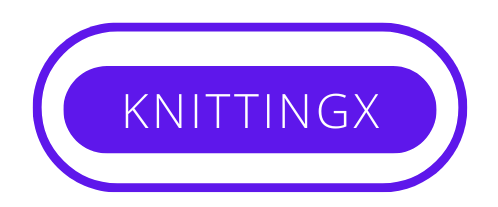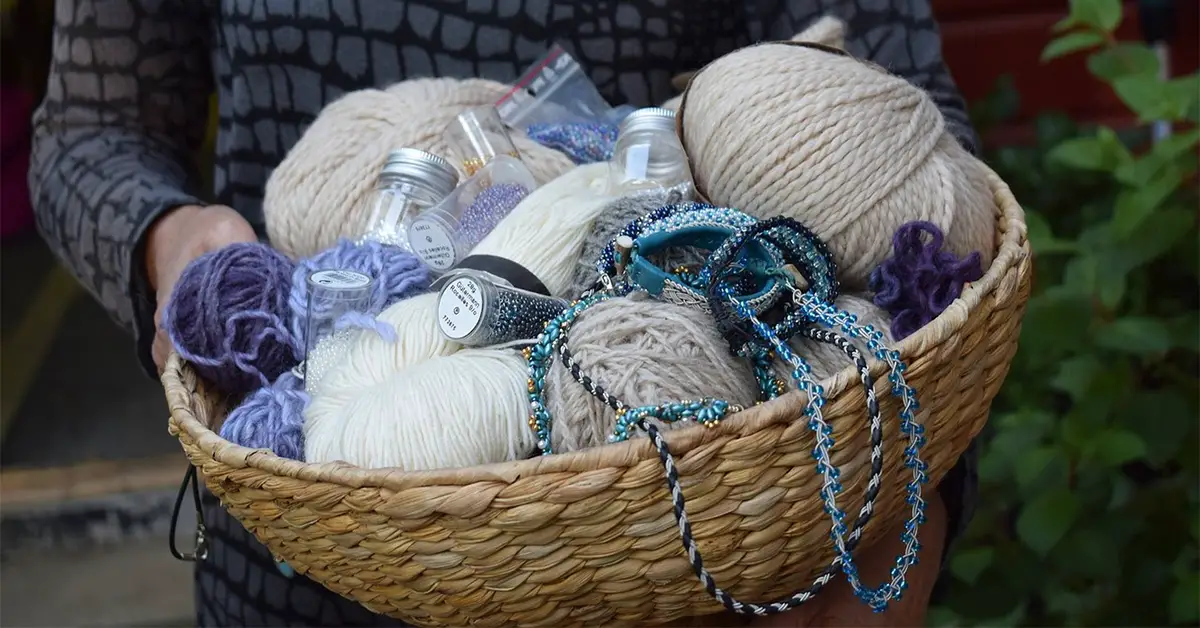Before started knitting; let’s know the basics and different terms usually are being widely used in the knitting industry.
What Is Kink Of yarn?
yarn that has been bent into a shape appropriate for its transformation into a weft-knitted loop.
What Is A Knitted Loop?
A kink of yarn that is intermeshed at its base i.e. when intermeshed two kinks of yarn is called knitted loop.
What Is The Knitted Stitch?
Stitch is a kink of yarn that is intermeshed at its base and at its top. The knitted stitch is the basic unit of intermeshing and usually consists of three or more intermeshed loops, the center loop having been drawn through the head of the lower loop which had in turn been intermeshed through its head by the loop which appears above it.
What Is The Top Arc?
The upper curved portion of the knitted loop is called the top arc.
What Is The Bottom Half-Arc?
The lower curved portion that constitutes in a weft-knitted loop, half of the adjacent loop in the same course.
What Are The Legs Or Side Limbs?
The lateral parts of the knitted loop that connect the top arc to the bottom half areas.
What Is The Needle Loop?
The needle loop is the simplest unit of the knitted structure. Needle loop formed by the two legs of the weft-knitted loop. That means, Needle loop = Top arc + Two legs.
What Is The Sinker Loop?
The yarn portion that connects two adjacent needle loops belonging in the same course. The bottom arc also called the sinker loop.
What Is Open-Loop?
A knitted loop of which a thread enters and leaves at the opposite sides without crossing over itself.
What Is Closed-Loop?
A knitted loop of which a thread enters and leaves at the opposite sides with crossing over itself. It is made by a special needle.
What Is The Knitted Loop Structure?
The properties of a knitted structure are largely determined by the interdependence on stitch with its neighbors on either side and above and below it. Knitted loops are arranged rows and columns roughly equivalent to the weft and warp of woven structure “courses” and “wales” respectively.
What Is The Course Of Knitting?
A course is a predominantly horizontal row of loops (in an upright fabric) produced by adjacent needles during the same knitting cycle. In weft knitted fabrics a course is composed of yarn from a single supply termed a course length. A pattern row is a horizontal row of cleared loops produced by one bed of adjacent needles.
In a plain weft knitted fabric, this is identical to a course but in more complex fabrics a pattern row may be composed of two or more course lengths. In warp knitting, each loop in a course is normally composed of a separate yarn.
What Is Wale?
A wale is a predominantly vertical column of needle loops produced by the same needle knitting at successive knitting cycles and thus intermeshing each new loop through the previous loop. In warp knitting, a wale can be produced from the same yarn if a warp guide laps around the same needle at successive knitting cycles thus are making a pillar or chain stitch lapping movement. Wales are joined to each other by the sinker loops or underlaps.
What Is The Stitch Density?
The term stitch density is frequently used in knitting instead of linear measurement of courses “Wales, it is the total number of needle loops in a square area measurement such as a square centimeter. It is obtained by multiplying, for example, the number of courses or wales, per inch together. Stitch density tends to be a more accurate measurement acting in one direction in the fabric may, for example, produce a low reading for the course a high reading for the wales, which when multiplied together cancels any pattern rows and courses are, for convenience, considered to be counting courses per unit of linear measurement.
Stitch density = Wales per inch (wpi) * Courses per inch (Cpi).

